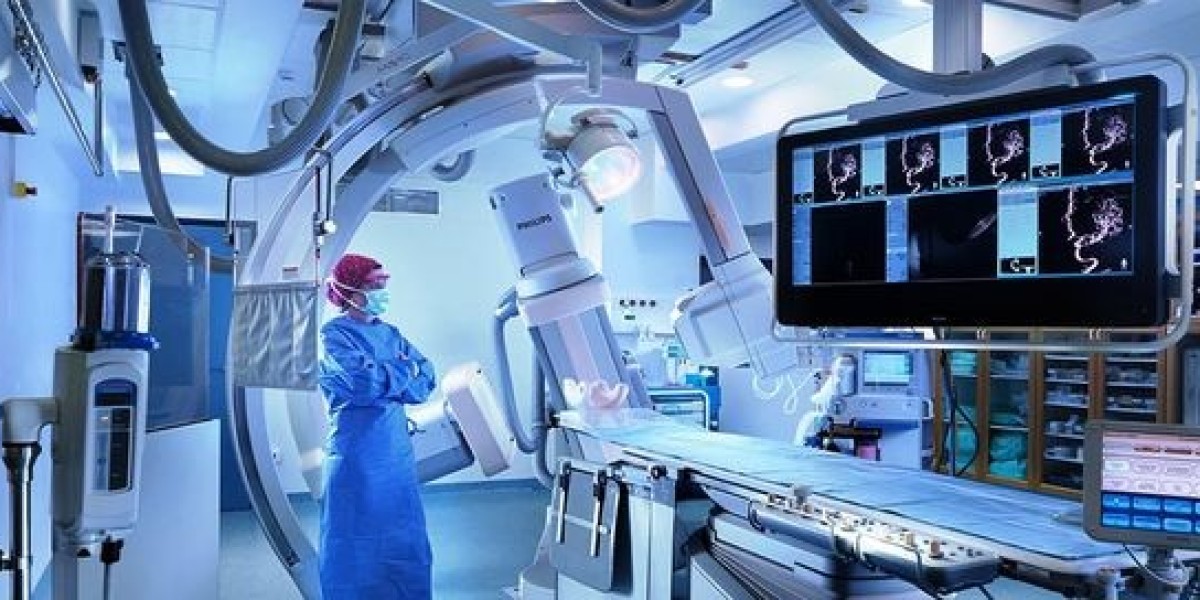The Rising Incidence of Cancer in Latin America
The incidence of cancer is steadily increasing in Latin America. According to recent studies, cancer has surpassed cardiovascular diseases as the leading cause of death in countries like Chile, Uruguay and Argentina. There are multiple factors contributing to this rise including aging populations, adoption of unhealthy lifestyle practices and urbanization. Cancers of the lung, prostate, breast and colorectum are among the most commonly diagnosed in the region. While the cancer burden is high, access to advanced treatment options remains limited in many parts of Latin America.
Challenges in Cancer Diagnosis
One of the key challenges faced in the region is late-stage diagnosis of cancer. Many cancers are detected only after they have progressed significantly due to inadequate screening programs and limited diagnostic infrastructure in rural areas. Factors like transportation difficulties, long wait times and high costs deter many patients from seeking early medical advice. As a result, survival rates for cancers diagnosed at late stages tend to be quite low in Latin America compared to developed nations. There is a dire need to establish widespread organized screening programs and improve diagnostic facilities especially in remote communities.
Rising Demand for Radiotherapy Equipment
Radiotherapy plays a crucial role in the management of numerous cancer types. However, its availability remains low across Latin America with only 30-40% of patients estimated to need it actually receiving such treatment. The limited number of radiotherapy machines has created huge backlogs where wait times stretch to many months. This demand-supply gap presents a major opportunity for manufacturers of linear accelerators, gamma knives, protons therapy systems and other radiotherapy devices. Several countries are now making deliberate efforts to boost public spending on oncology infrastructure which is propelling demand.
Advances in Surgical Oncology
On the surgical front as well, there have been improvements in treatment standards across Latin America in recent times. The increasing use of minimally invasive procedures, specialized surgeries and robot-assisted operations is enabling better cure rates. A greater number of surgeons are now specially training in oncological interventions. This has augmented surgical capacity at major hospitals while also improving patient access and outcomes. Areas such as breast cancer surgery have witnessed significant progress with higher adoption of techniques like lumpectomy and sentinel lymph node biopsy.
Rise of Molecular Diagnostics
Advanced molecular diagnostic technologies play a pivotal role in tailored cancer management. Tests that analyze biomarkers, gene mutations and tumor genetics are useful for determining prognosis, selecting appropriate therapies and monitoring treatment responses. While molecular diagnostics were limited to only a handful of reference laboratories some years ago, their accessibility has expanded rapidly across Latin American countries. Diagnostic centers are now promptly integrating technologies like PCR, sequencing, in situ hybridization and microarrays. This transition has majorly upgraded the pathology infrastructure and enabled personalized care approaches.
Growth of Targeted Therapies
Traditionally, chemotherapy has formed the mainstay of systemic cancer treatment in Latin America. However, targeted therapies targeting specific cancer-driving genes and proteins are increasingly being utilized. Drugs inhibiting pathways like EGFR, VEGF, ALK, BRAF and more recently immune checkpoint molecules have demonstrated favorable outcomes. Several medical oncologists are now well-versed in genotype-directed therapy selection. At the same time, national health systems are striving to provide funded access to innovative targeted agents. All of these factors are propelling heavy demand which international pharmaceutical manufacturers are stepping up to meet.
Rising Private Investments
Spurred by growing patient volumes and awareness, private equity investments too have augmented in the oncology realm. Major hospital chains have expanded their cancer centers while solo oncology clinics have proliferated across major cities. Modern radiotherapy centers, surgical oncology departments and cancer diagnostic chains have come up through private funding. Other business models include pharma distribution companies, medical device distributors, contract research organizations and cancer data/registry companies. Such decentralized investments have complemented public spending to enhance screening, diagnosis and treatment networks throughout Latin America.
Opportunities for International Medtech Players
The evolving oncology landscape of Latin American oncology devices presents huge opportunities for medtech companies worldwide. s across Brazil, Mexico, Argentina, Colombia hold immense potential for sales of endoscopic surgery tools, brachytherapy afterloaders, MRI-LINAC systems and other emerging modalities. Local partnerships, tailored pricing and financing schemes have proven successful entry routes. Novel diagnostic assays, imaging biomarkers and combination therapy drugs also see brisk uptake. With the region's cancer burden set to rise further in the coming decades, oncology infrastructure developments will remain a top priority. This augurs well for sustained overseas involvement and collaboration.
While cancer challenges remain extensive across Latin America, significant advances are underway both in treatment infrastructure and standards of care. Heightened public and private investments have quickened the pace of progress. Looking ahead, continued technological upgrades, innovative solutions and cross-industry cooperation will be pivotal to strengthen regional oncology capabilities and outcomes. Latin American oncology devices need and policy reforms indicate a very promising outlook for medical product suppliers. Targeted engagements based on population disease patterns can maximize the opportunities.
Get more insights: Latin America Oncology Device
Explore more article: Lactulose Market
About Author:
Priya Pandey is a dynamic and passionate editor with over three years of expertise in content editing and proofreading. Holding a bachelor's degree in biotechnology, Priya has a knack for making the content engaging. Her diverse portfolio includes editing documents across different industries, including food and beverages, information and technology, healthcare, chemical and materials, etc. Priya's meticulous attention to detail and commitment to excellence make her an invaluable asset in the world of content creation and refinement.
(LinkedIn- https://www.linkedin.com/in/priya-pandey-8417a8173/)



